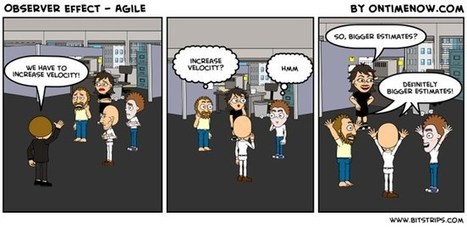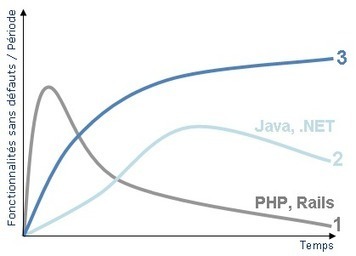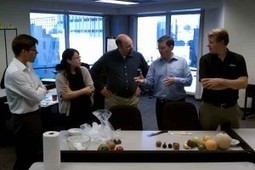The S.T.O.P (Sit, Think, Organize, Perform), is one of my new favourite Trello Inspiration Boards, shared by Stanley Fuller. You can get your own copy here: https://trello.com/b/F3aSiZPs/stop-board
Follow, research and publish the best content
Get Started for FREE
Sign up with Facebook Sign up with X
I don't have a Facebook or a X account
Already have an account: Login
For Product Owners/Product Managers and Scrum Teams: Growth Hacking, Devops, Agile, Lean for IT, Lean Startup, customer centric, software quality...
Curated by
Mickael Ruau
 Your new post is loading... Your new post is loading...
 Your new post is loading... Your new post is loading...
|
|























Here is how it works:
Daily STOP:
1)At the beginning of the day, arrange the cards in the list to the order you plan to attack the items. If you don't feel that you'll be able to get everything done, move items to the next day, and adjust the rest of the weekly schedule as necessary.
2)Mark-off checklist items when complete. Close the card when all checklist items are complete.
3)At the end of the day, move anything that didn't get done to the next day, and adjust the rest of the weekly schedule as necessary.
4)As more things come up that week, work them into the weekly schedule, or put them on next week's list.
5) When approaching the end of the week, begin moving items to next week's list if needed.
Weekly STOP:
1)Every Monday, pull the current week's list over in front of the "Monday" list.
2) Assign tasks to team members as desired.
3)Distribute the items in the list to the days that week you plan on starting the item. This will depend on the hard points in your calendar (meetings, trips, appointments, etc.).
4) Items assigned to others may remain in the weekly list.
Monthly STOP:
1)Sometime around the the middle/end of the month, create lists for each week of the upcoming month.
2)Distribute the items in the upcoming monthly list to each of the newly-created weekly lists.
3) Create new monthly list(s) in order to have around three to four that you can move yearly items into.
This is great for time blocking and for splitting your work into bite size chunks when you have a timeline to work towards. I currently have a Today and Tomorrow Board, but like how this is broken down by day of the week, weekly and monthly and it evolves as each day is completed.